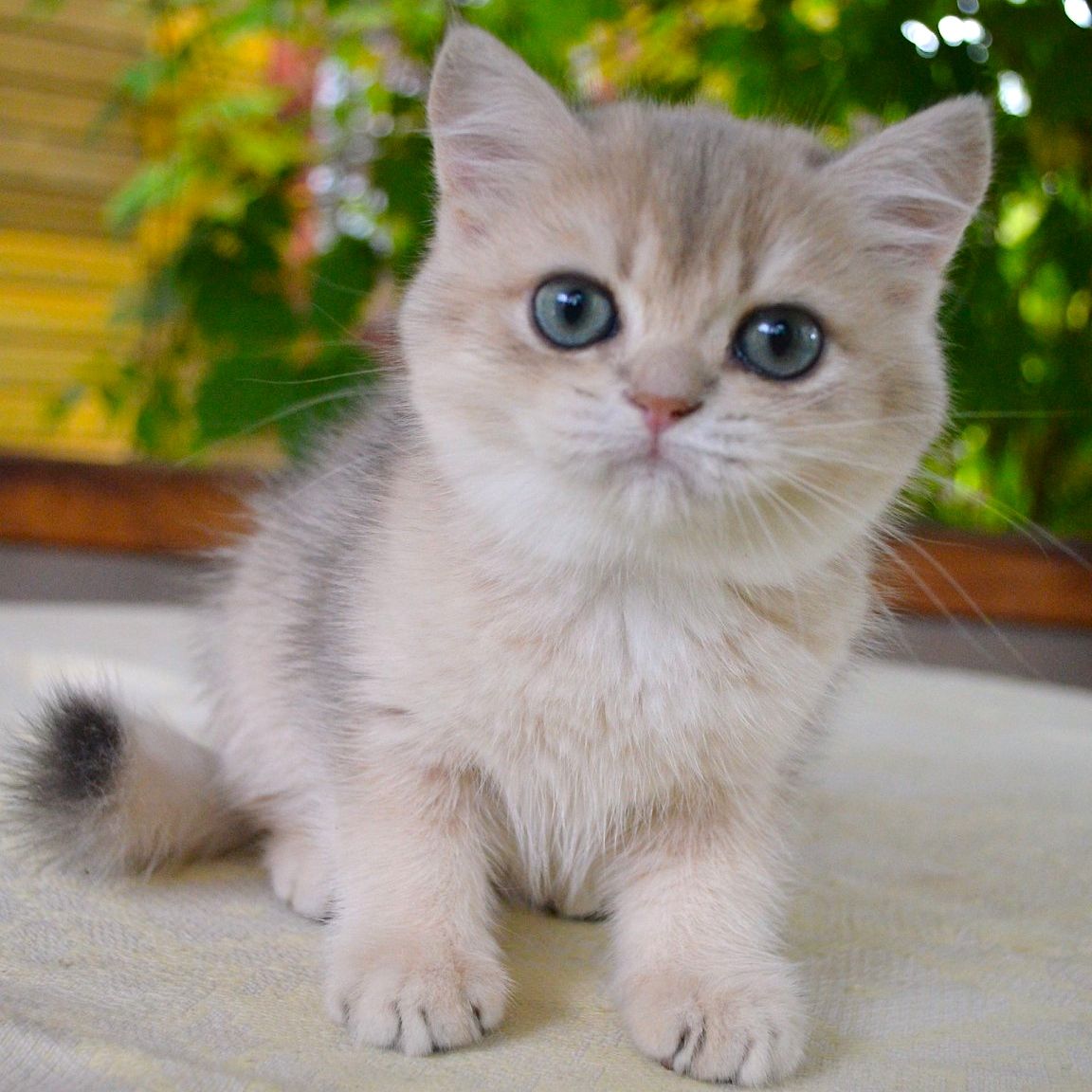Most category 5 cables, designed for early networks, only used two twisted pairs. Cat 5e is currently the most commonly used cable, mainly due to its low production cost and support for speeds faster than cat 5 cables.
Category 5 transmits at 100mhz frequencies, providing a rated line speed of up to 100mbit/s and a max cable segment length of 100 meters.

Cat 5 max transfer speed. For thunderbolt, that speed is 10 gbps per channel, so the latest version (thunderbolt 3) supports up to 40 gbps due to the number of channels. Also a cat5e jumper put serially into a system of cat 6 cable components will bring the entire cat 6 run down to a cat 5e level or less. Cat6 cable is ideal for supporting 10 gigabit ethernet speed, and is able to operate at up to 250mhz.
These cables are designated into categories based upon specifications and applications, or simply, how they can be used. The maximum length is 100 meters, without using any kind of signal regeneration device, and a maximum data transfer rate of 1000 mbps for gigabit ethernet. The category “cat” is just the description of the physical qualities of the cable, it has no relation to the transfer speed of the cable.
The gigabit rates are the maximum speed for cat5e cable. Category 5 enhanced cabling, also known as cat5e, is an improvement on cat5 cabling. Each cable with a higher number is a newer standard.
Older category 5 cables continue to make up the bulk of the world’s network infrastructure. Finally it is important to design the data system with the future requirements in mind. Cat 5e is an enhanced version of cat5 that adds specifications for crosstalk (see below).
For example, you’ll see cables rated as category 5, category 5e, category 6, category 7, and so on. Cat 5e lacks some of the technical improvements that went into cat 6, but it supports gigabit ethernet installations at a lower cost. Why transfer speeds matter you might not need fast transfer speeds at the moment, but as 4k (and even 8k) video becomes more prevalent and common, you will need to up the rate you transfer data or you.
Cat5e and cat6 cables are both backwards. The term “cat” when talking about these cables is a shortened version of “category.” so, for example, cat5 cables are classified as category 5 cables. Cat6 supports data transfer speeds up to 10 gbps at 250 mhz with even less (or no) crosstalk interference, due to the cable’s improved insulation.
Comes in the form of cat 2, 3, 4, and 5 grades; “a cat6 cable is used mainly for computer networks reaching a gb, 1000 mbps or one gbps of data transfer speed (dtr) or higher,” says techopedia. Ethernet cables are standardized into different categories.
Cables that fall in the same category, such as 5 and 5e (or 6 and 6e), are built with the same physical attributes, such as cable type, or the number of pairs. The category also describes the same. Cat5e cable is completely backwards compatible with cat5, and can be used in any application in which you would normally use cat5 cable.
If the cable is running at cat5e max speed, this length limit drops to 50 metres. Speed up to 10 gbps) cat6 is pricier and faster than cat5e, but also limited by distance. Cat 5 is also used to carry other signals such as telephony and video.
If you want faster internet speeds, cat6 is a good choice. And it also has a separator to handle crosstalk better. Cat 5 and cat 5e utp cables can support 10/100/1000 mbps ethernet.
And yes, these cables are backwards compatible. It's theoretical top speed is 10 gbps over 100 meters. When used for voice and data applications below max rate, category 5e has a cable length limitation of 100 metres.
However, only cat 5 is now recommended for any data applications. Which ethernet cable is best for you? These statements are a little misleading:
This separator isolates each of the four pairs of twisted wire from the others, which reduces crosstalk, allows for faster data transfer, and gives cat6 bandwidth twice than that of cat 5! >>in the real world, realistically, you can get up to about 40mbs on cat 5e connected to a 100mbs card, and 100mbs. It was made to support 1000 mbps “gigabit” speeds, so in theory, it.
Cat 6 cables support higher bandwidths than cat 5. Around 2000 or so, cat5 overtook cat3 as the ethernet cable of choice for lan networking. The latest pci express version will get you a max of 985 mb/s, so that makes a huge difference.
I can't give you the exact figures, but i've heard cat5e is somewhere around 600mb and cat6 is around 800mb max realistic throughput. This basically means if you’re trying to transfer files from a really old computer and even if you buy a gigabit ethernet card, don’t expect to be getting anywhere near the max 125 mb/s transfer rate. The type of cable you choose depends on how frequently you use the internet in your business.
Using two cable pairs to signal over copper wire, cat5 is now largely archaic and isn’t widely used for ethernet connections.
 CCD Lexus LX570 Wald Best City Car Driving Mods City
CCD Lexus LX570 Wald Best City Car Driving Mods City
 White International 4700 service truck with DT466E diesel
White International 4700 service truck with DT466E diesel
 CATERPILLAR 950G in 2020 Used wheels, Commercial vehicle
CATERPILLAR 950G in 2020 Used wheels, Commercial vehicle
 Online Shopping Bedding, Furniture, Electronics, Jewelry
Online Shopping Bedding, Furniture, Electronics, Jewelry


